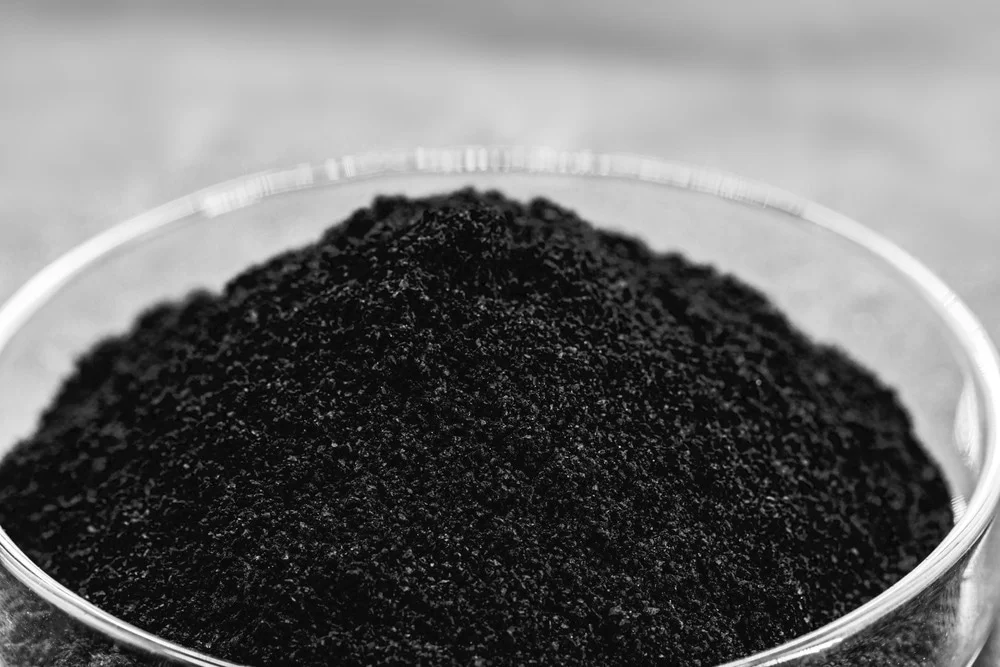Development of graphene-modified thermosetting resins

Graphene is a honeycomb two-dimensional planar material composed of a single layer of carbon atoms connected in an sp2 hybrid manner. It has many excellent properties, such as high carrier mobility, high light transmittance, high specific surface area, high Young’s modulus, high fracture strength, etc. These properties make graphene an ideal filler for improving the performance of thermosetting resins. Thermosetting resin materials have attracted widespread attention from industry and academia due to their advantages such as high specific strength, large specific modulus, good thermal stability and corrosion resistance.
There are two main ways to modify the surface of graphene powder: covalent bond modification and non-covalent bond modification.
Covalent bond modification is a method that uses chemical reactions to achieve covalent bonding of modifiers on the graphene surface, or special treatment of graphene to form new functional groups or chemical bonds, thereby improving the compatibility and dispersibility of graphene powder in the resin matrix.
Non-covalent bond modification mainly combines the modified group with graphene through π-π bond stacking to achieve effective modification of graphene. The advantage of this method is that it improves the dispersibility of graphene without changing the chemical structure of graphene or introducing new covalent bonds.
For different types of thermosetting resin matrices, it is necessary to select a suitable modification method so that the graphene powder can be evenly dispersed in the resin without affecting the performance of the resin matrix.
As a new type of reinforcing filler, graphene can be evenly dispersed in the thermosetting resin matrix to significantly improve the mechanical properties, ablation resistance, electrical properties, corrosion resistance and wear resistance of the composite material, thereby expanding the application range of thermosetting resin-based composite materials.
Mechanical properties
Graphene can significantly improve the mechanical properties of thermosetting resin materials, making composite materials have important application value in the fields of machinery and automotive structural parts.
Anti-ablation performance
The addition of graphene oxide will improve the thermal conductivity of the composite material and accelerate the heat extraction, reducing the linear ablation rate of the composite material by 62.08%. The addition of graphene oxide is conducive to inducing the formation of a carbon layer in the matrix during the ablation process, enhancing the degree of graphitization of the matrix, and forming a heat insulation layer to prevent heat from expanding into the material, thereby reducing the linear ablation rate of the composite material and improving the ablation resistance of the resin composite material.
Electrical properties
Graphene is a carbon material with a two-dimensional honeycomb lattice structure composed of sp2 hybridized carbon atoms. The excellent structural π electrons provide a conjugated effect, which greatly improves the mobility of electrons. At the same time, under ideal conditions, the conduction band and valence band of graphene are in contact at the Dirac point, so that electrons can move between the valence band and the conduction band without energy hindrance, thereby promoting graphene to have excellent electrical properties.
Corrosion resistance
Thermosetting resin is a common matrix material in coating materials and has excellent corrosion resistance, but the cured resin material will produce micropores or microgaps, which weakens the protection ability of the substrate. The chemical stability and barrier properties of graphene itself can effectively prevent the penetration of corrosive agents and prevent further diffusion of corrosive agents in the surface when they reach the metal surface, minimizing the degree of corrosion damage to the protective substrate, making it the preferred filler for metal substrate coatings.
Application of graphene-modified thermosetting resin
At present, graphene-modified thermosetting resin is mainly used in heavy-duty anti-corrosion coatings, sprayed on large equipment (such as large ships, surface platforms, wind turbines, etc.) to prevent corrosion and extend service life; in the future, graphene-modified thermosetting resin will also be more widely used in aerospace, electronic components and other fields.
